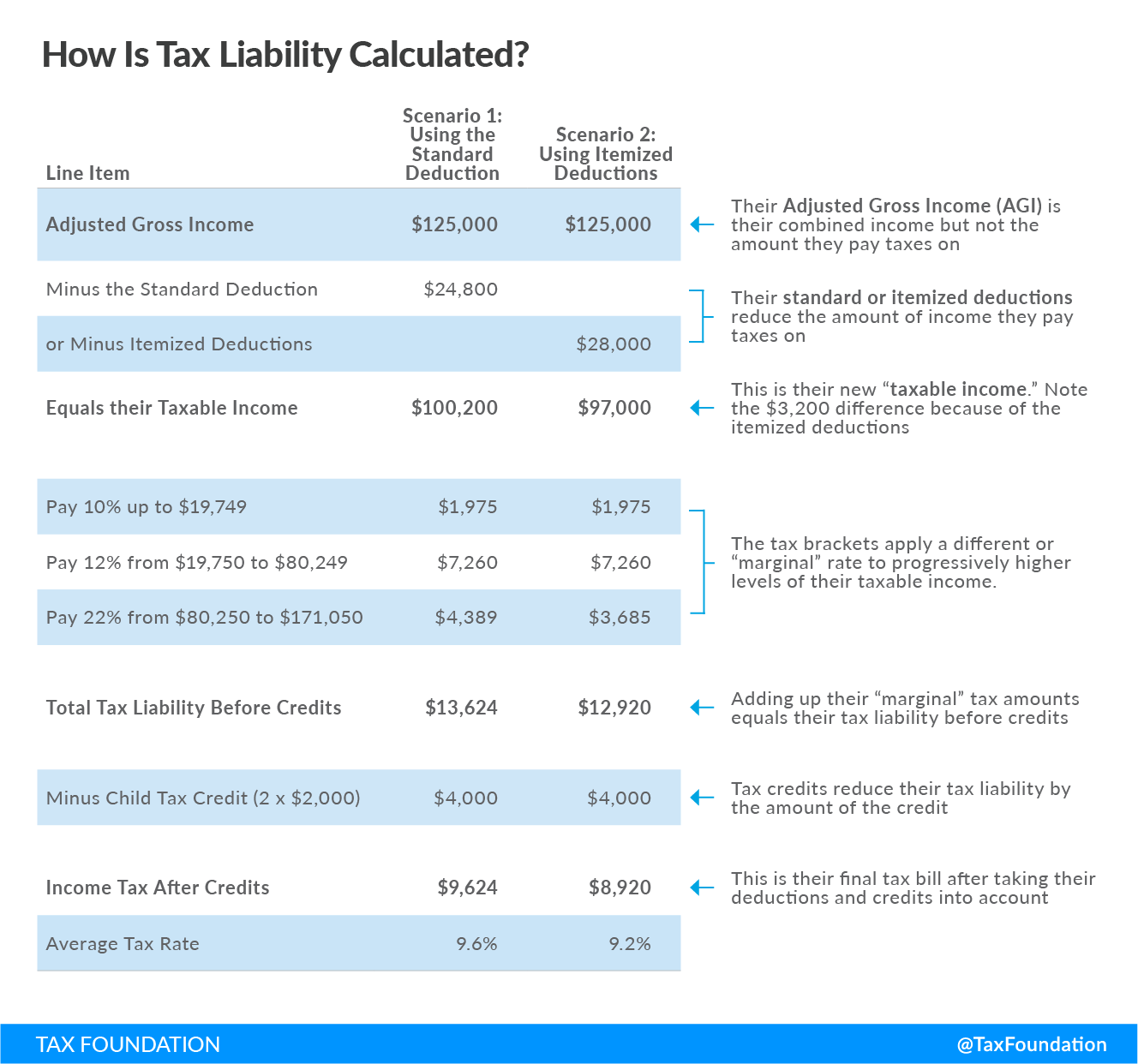A tax deduction is a provision that reduces taxable income. A standard deduction is a single deduction at a fixed amount. Itemized deductions are popular among higher-income taxpayers who often have significant deductible expenses, such as state and local taxes paid, mortgage interest, and charitable contributions.
Why Does the Tax Code Include Tax Deductions?
Ideally, income should only be taxed once and account for any losses. The tax code accommodates for this by allowing taxpayers to deduct (or exclude) income which has already been taxed or should not be counted for other reasons. For example, if a taxpayer invests in a stock worth $1,000 at the beginning of the year and at the end of the year the stock is only worth $800, the taxpayer has experienced a $200 loss. The tax code allows the taxpayer to deduct the $200 as a loss, since his year-end income for that stock is $800, not the $1,000 originally invested. The tax code provides this treatment in order to accommodate for investment, risk, and losses, and account for other taxes on the same income throughout the year.
What Tax Deductions Are Currently Allowed for Individuals?
During tax filing season, all taxpayers must decide whether to claim the standard deduction ($12,400 for individuals and $24,800 for married filing jointly) or itemize their deductions. In the event they opt to itemize, taxpayers often claim the mortgage interest deduction, state and local tax deduction, and charitable contributions deduction. Other deductions include student loan interest, work-related educational expenses, gambling losses, and real estate and property taxes, along with various forms of interest and moving expenses.
What Deductions Are Currently Allowed for Businesses?
Businesses can qualify for a wide range of deductions as well, too many to list here. One of the most common of these is the corporate state and local tax deduction, which allows businesses to deduct the taxes already paid to state governments from their income.
The 2017 Tax Cuts and Jobs Act (TCJA) created a new deduction for households with income from sole proprietorships, partnerships, and S corporations, which allows taxpayers to exclude up to 20 percent of their pass-through business income from federal income tax.
Two other common deductions include those for:
- Net operating losses (NOL), where businesses suffering losses in one year can deduct them from previous or future years’ profits, thus reducing their taxable income.
- Capital losses, where businesses that have a net loss for the year can deduct up to $3,000 in capital gains losses from their taxable incomes.
Stay updated on the latest educational resources.
Level-up your tax knowledge with free educational resources—primers, glossary terms, videos, and more—delivered monthly.
Subscribe
